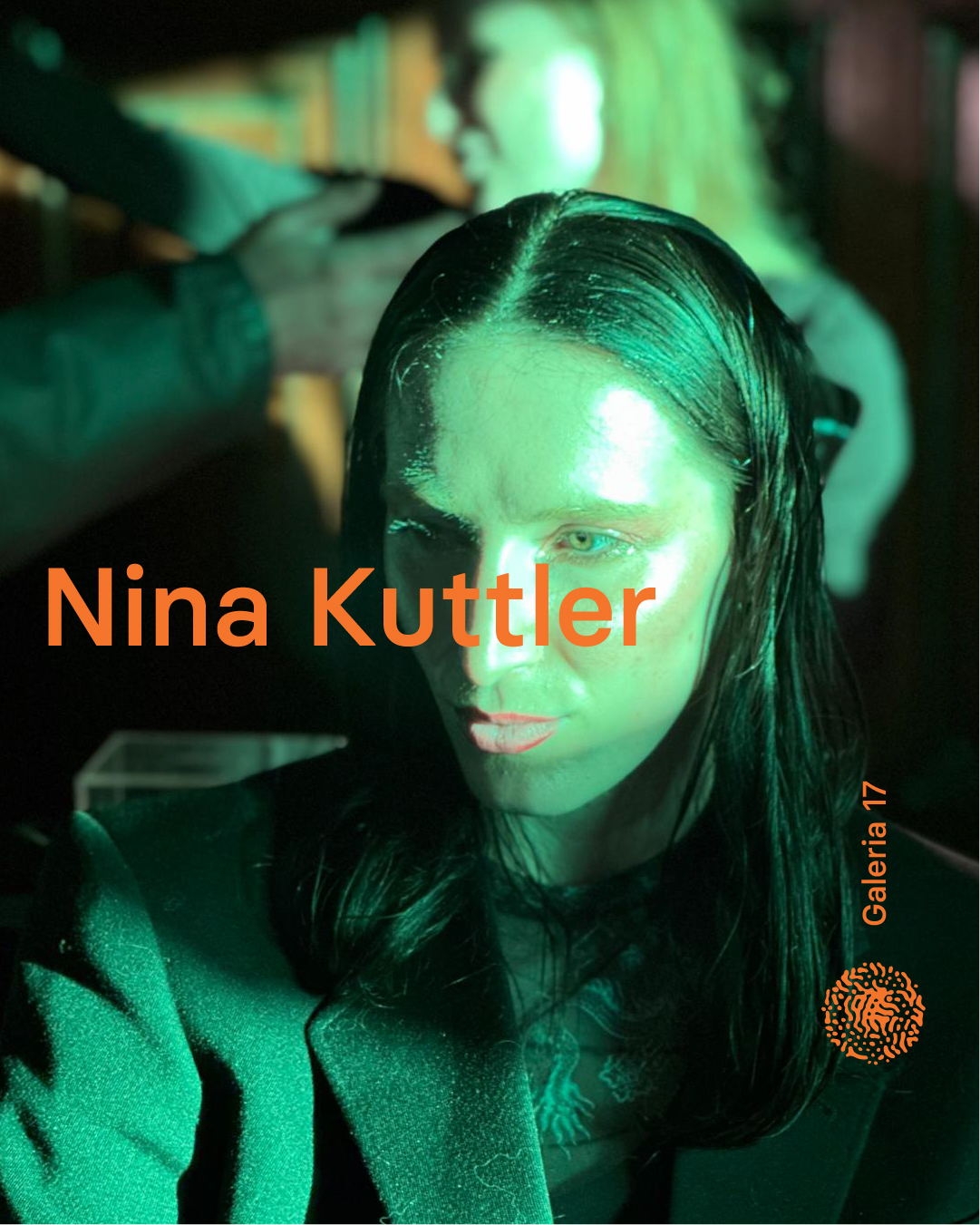No sun — no moon!
No morn — no noon
No dawn — no dusk — no proper time of day.
No warmth, no cheerfulness, no healthful ease,
No comfortable feel in any member —
No shade, no shine, no butterflies, no bees,
No fruits, no flowers, no leaves, no birds! —
November!
(Thomas Hood, 1799-1845)
The London smog described in this poem exposes the human body as a porous entity with no clearly defined border separating it from its environment. The polluted air is inescapable. Today wealthy nations and parts of the world outsource their visible pollution to the global south. As production and factories have largely moved out of today’s western cities or have been completely outsourced to non-western countries, this fog is no longer visible but has been replaced by invisible types of pollution, microplastics, exhaust fumes etc. No Sun No Moon is thinking about the capitalistic exploitation of a natural resource: Air. The text imagines a slightly dystopian future or paratopia where clean air is being sold for profit from the east of Europe to the west. The air is being harvested for example from Germia Park and being marketed as especially purified through the ancient trees and rare plant species.
The advertisements in the audio portray nature as pure and desirable, and play with the notion of originality and belonging as well as the duality of culture and nature. The advertisements interrupt sections reflecting on pollution and wander into a semi fictional future where nematodes are being used and exploited to measure air quality. In another section someone talks about their favourite flavour of air. No Sun No Moon explores the
potential of fiction to rethink the present while blending scientific thinking with narration and storytelling. In developing a speculative accelerated version of a capitalistic future, the work reflects on present circumstances. Nature and culture are deeply entangled just like ecological topics are with social topics. The visual component mirrors the duality of a narrative approach and a data and measurement directed scientific approach to map nature. Footage from the Hydrometeorological Institute of Kosovo measuring air quality blends into actual sky and tree or a tree from children’s books depicting nature in a naive idealistic way.
No Sun No Moon, 2024, 25 min
Written by Nina Kuttler
| music: voices: thanks to: | Louis d’Heudières Lara Agar, Michael Brailey, Louis d’Heudières, Sihana Klisurica, Nina Kuttler Hydrometeorological Institute of Kosovo, Foundation 17, Shkumbin Shala |
Nina Kuttler (she/her) is a visual artist and writer based in Hamburg.Working in a variety of media such as video, radio play, sound installation, text and ceramic, she uses speculative fiction and research-based narration as tools to explore how natural science and history shape anthropocentric perceptions of the world. Her artistic approach shifts between macro and microcosm, ventures into Deep time as well as fictive futures and explores various means of knowledge production, probing fossils, surface tension, cleaning rags, horoscopes, hydrocarbon, extraterrestrial life-forms, celestial bodies, labour, female pilots, astronomy, submarines, shrimp and subaqueous soundscapes for alternative, queer ecofeminist perspectives on the collapsing ecological present. Her work has been shown internationally at spaces such as CAC Vilnius; Sanatorium, Istanbul; Harburger Kunstverein, Hamburg; Thkio Ppalies, Nikosia; Galerie Barbara Thumm, Berlin; Goldsmiths University, London; Kunsthaus Wiesbaden. She was recently artist in residence at IKSV, Goethe Institut, Hessische Kulturstiftung in Istanbul and Cité des Arts Paris, and was an artistic research fellow of the German Federal Environmental Agency. She is current guest editor of Montez Press publication Pfeil Magazine, co-founder of the Upstream concert series for new music and performance in Hamburg, and one half of experimental music duo CILIA.
—
The exhibition “In the Making III” is part of the project Art Space Unlimited, which is co-funded by the European Union. This activity is supported by Ministry of Culture, Youth and Sport, Goethe Institute and SMART Balkans.



